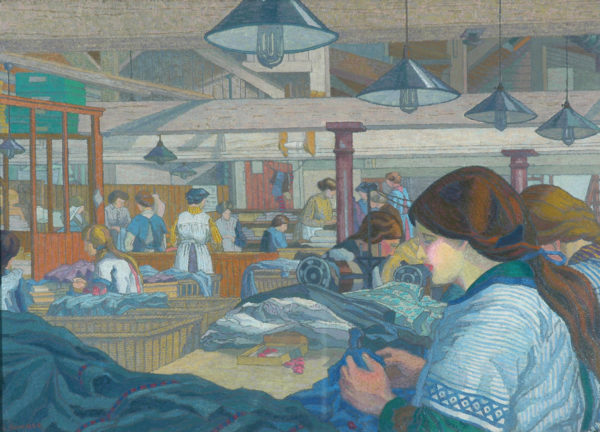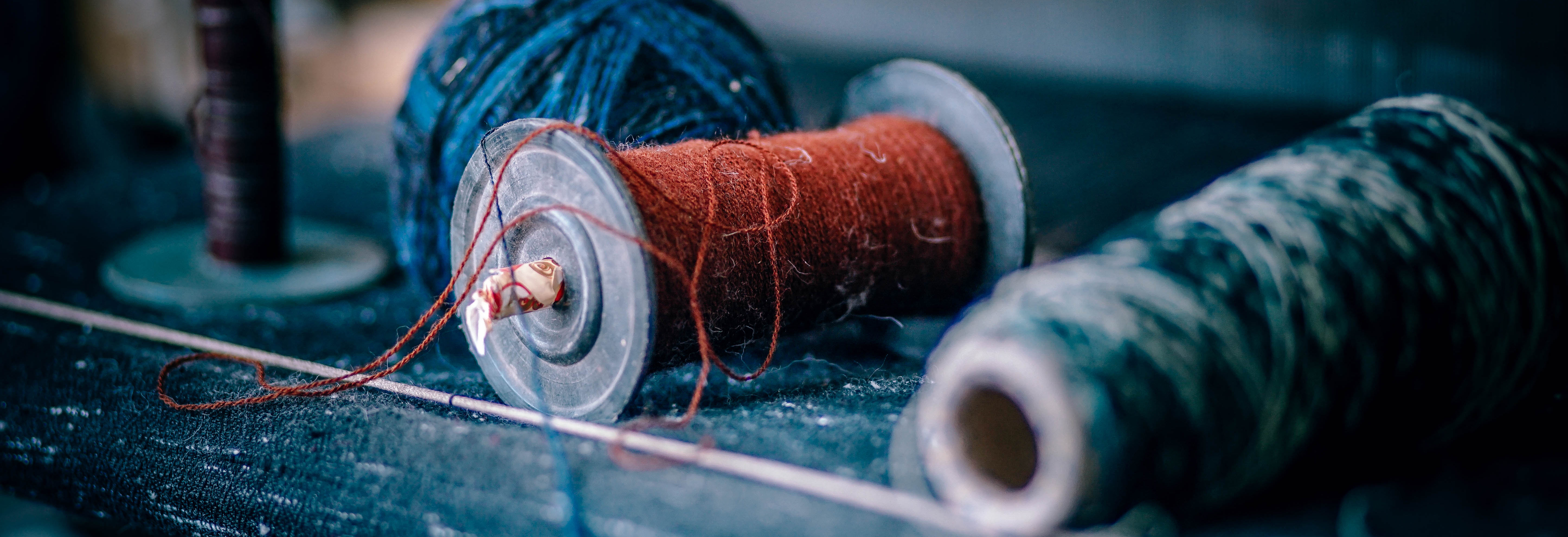March 25th marks the anniversary of the 1911 Triangle Shirtwaist fire.


In Shirt Robert Pinsky weaves in the Triangle Factory fire as he broods over the purchase of a shirt. He dwells with careful loving attention on the technical terms for shirt-making. His lists of esoteric terms and trades lead to moral digressions on Asian sweatshops, the Triangle fire, Scottish mills, and a black South Carolina shirt “inspector” named Irma. He calls her the descendent of the 16th century poet George Herbert,
He lists the workers and crafters who contribute to the shirt with reverential respect for specialized knowledge and the skill and expertise of the trades. By the end of the poem the shirt has become an emblem revealing a complex history of oppression and production.
His meditation on the complex transaction between maker and consumer leads us from the technical to something deeper and far reaching. Each list leads to a digression:
The presser, the cutter,
The wringer, the mangle. The needle, the union,
The treadle, the bobbin. The code. The infamous blazeAt the Triangle Factory in nineteen-eleven.
One hundred and forty-six died in the flames
On the ninth floor, no hydrants, no fire escapes–
Moving from the factory disaster he shifts to cloth and the Scottish workers controlled by mill owners:
Prints, plaids, checks,Houndstooth, Tattersall, Madras. The clan tartansInvented by mill-owners inspired by the hoax of Ossian,To control their savage Scottish workers, tamedBy a fabricated heraldry: MacGregor,Bailey, MacMartin
And then he weaves in further tangled strands of historical oppression and production. The purchase of a shirt is no simple thing. Pinsky unsparingly lays bare the interwoven complexities of oppression and production:
Weavers, carders, spinners. The loader,
The docker, the navvy. The planter, the picker, the sorter
Sweating at her machine in a litter of cotton
As slaves in calico headrags sweated in fields:George Herbert your descendant is a Black
Lady in South Carolina, her name is Irma
And she inspected my shirt. Its color and fitAnd fell and clean smell have satisfied
Both her and me. We have culled its cost and quality
Down to the buttons of simulated bone,
The poem is full of so many satisfying lists. It opens with a series of isolated nouns that establish the physical presence of the shirt. Pinsky uses punctuation that seems to register with all the insistence of a sewing machine. And with each list comes the transition that transcends the observation with insight and a digression into history.
And the final list – a satisfying wave of words that brings us back to the thing itself and the opening of the poem. And each word now has greater meaning and resonance. Pinsky’s digressive meditations have enlarged our understanding of: The shirt.
The shape,The label, the labor, the color, the shade. The shirt.
Robert Pinsky, “Shirt” from The Want Bone
Photo credit: Igor Ovsyannykov



This poem made me quiet and watchful because at first I couldn’t understand what was happening
with the man dropping those three girls to their deaths. It is such a wonderful poem. When I did understand there was a fire, what stuck in my mind was the third girl putting her arms around him
just before he dropped her. There’s so much here, I’d need a whole chapter of a long novel to fully express my love for it.
Gwen.